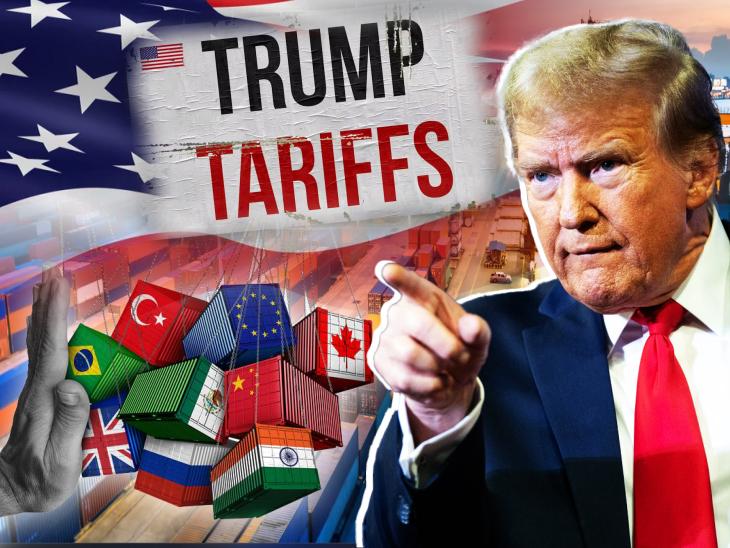Evaluating the Impact of Tariffs on Consumer Prices: A New Perspective
Following President Donald Trump’s introduction of tariffs on numerous products, many experts predicted a substantial increase in consumer prices. However, recent findings indicate that these forecasts may have been overly alarmist, as the actual effects of the tariffs on pricing have proven to be less severe than anticipated. An in-depth report by Politico reveals that the expected inflationary pressures have not yet emerged, challenging assumptions about significant economic fallout from these trade policies. As the country continues to grapple with international trade complexities, it is essential to explore how these tariffs truly affect both consumers and the economy.
Understanding the Moderate Impact of Trump Tariffs on Prices
The introduction of tariffs during Trump’s presidency was initially met with widespread expectations for sharp increases in consumer prices. Yet, recent statistics suggest that such predictions may have been too pessimistic. Various economic studies indicate that consumer prices have not surged as dramatically as once feared, resulting in relative market stability. Several factors contribute to this muted impact:
- Adaptability of Supply Chains: Companies have modified their supply chains effectively to offset costs associated with tariffs.
- Competitive Market Forces: Heightened competition has played a crucial role in keeping prices stable as businesses strive to attract and retain customers.
- Sustained Consumer Demand: Consistent demand from consumers has acted as a buffer against price hikes despite rising costs for certain imports.
Additionally, research shows that only select industries experienced minor price increases contrary to earlier dire predictions regarding tariff impacts. The table below summarizes sector-specific price changes linked to these tariffs:
| Industry Sector | % Price Change | ||||||||
|---|---|---|---|---|---|---|---|---|---|
| Electronics | 2.5% | ||||||||
| Clothing | 1.8% | ||||||||
| Sector Style=”” | Price Elasticity Style=”” | Consumer Reaction Style=”” / th > th > th > tr > | ||
|---|---|---|---|---|
| E-commerce Electronics | Reluctant brand switchers | / tr /> | ||
| th /> tr /> |
|---|
